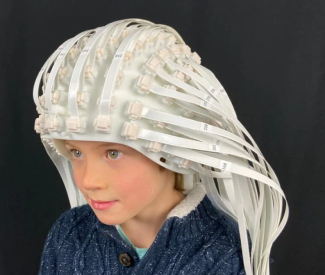More than 400 years later, scientists are in the midst of an equally-important revolution. They’re diving into a previously-hidden realm—far wilder than anything van Leeuwenhoek, known as the “father of microbiology,” could have imagined. Some researchers, like physicists Margaret Murnane and Henry Kapteyn, are exploring this world of even tinier things with microscopes that are many times more precise than the Dutch scientist’s. Others, like Jun Ye, are using lasers to cool clouds of atoms to just a millionth of a degree above absolute zero with the goal of collecting better measurements of natural phenomena.
“To borrow a phrase, we’re going where no one has gone before,” said quantum physicist Ye, a fellow at JILA, a joint research institute between CU Boulder and the U.S. National Institute of Standards and Technology (NIST).
To read the full article, click here.
Written by Dan Strain, University of Colorado Boulder Strategic Relations and Communications Writer



 The Physics Frontiers Centers (PFC) program supports university-based centers and institutes where the collective efforts of a larger group of individuals can enable transformational advances in the most promising research areas. The program is designed to foster major breakthroughs at the intellectual frontiers of physics by providing needed resources such as combinations of talents, skills, disciplines, and/or specialized infrastructure, not usually available to individual investigators or small groups, in an environment in which the collective efforts of the larger group can be shown to be seminal to promoting significant progress in the science and the education of students. PFCs also include creative, substantive activities aimed at enhancing education, broadening participation of traditionally underrepresented groups, and outreach to the scientific community and general public.
The Physics Frontiers Centers (PFC) program supports university-based centers and institutes where the collective efforts of a larger group of individuals can enable transformational advances in the most promising research areas. The program is designed to foster major breakthroughs at the intellectual frontiers of physics by providing needed resources such as combinations of talents, skills, disciplines, and/or specialized infrastructure, not usually available to individual investigators or small groups, in an environment in which the collective efforts of the larger group can be shown to be seminal to promoting significant progress in the science and the education of students. PFCs also include creative, substantive activities aimed at enhancing education, broadening participation of traditionally underrepresented groups, and outreach to the scientific community and general public.